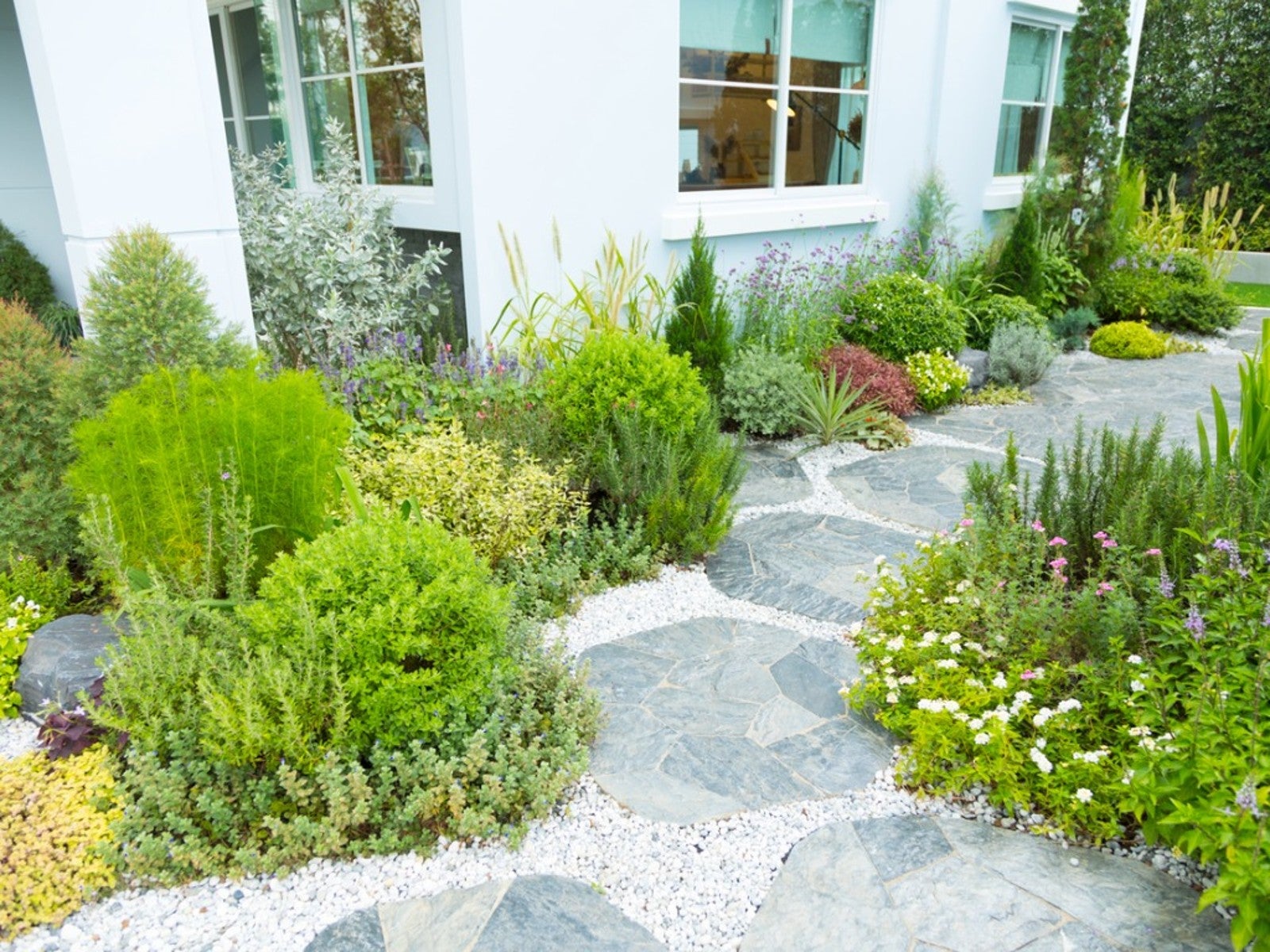Green Landscaping Ideas For An Eco-Friendly Yard


What is environmentally-friendly landscaping? Also known as greenscaping, it's a way to protect and preserve the environment while improving the health and maintaining the appearance of your property. If that sounds a bit overwhelming, relax. Chances are, you might already be practicing some aspects of greenscaping.
Embracing Greenscaping For the Planet and Yourself
You may be wondering, “What are the environmental benefits of green landscaping?” The list is long, but in a nutshell:
- Cleaner water
- Less pollution
- Preservation of native species
- Improved pollination
- Less waste in landfills
As a home gardener, you can benefit the environment by adopting greenscaping practices. And remember, it's not an all or nothing commitment. Every measure you take to protect the environment is a step in the right direction. What’s more, you may discover that by embracing greenscaping, your property is easier and less expensive to maintain.
Ways to Create and Maintain Green Landscapes
- Consider adding more native plants -- Native species are better adapted to the climate in your backyard than plants introduced from other parts of the world. Not only do native plants require less maintenance, but they add to the natural ecosystem. This provides food and shelter for native species of beneficial insects, songbirds and small animals.
- Plant wisely -- If you can't resist the temptation to showcase non-native ornamentals, choose a location in the yard which best matches the plant's growing requirements. For instance, planting a water-loving species in an area of the yard which tends to stay moist will reduce the amount of supplemental water the plant needs to survive.
- Water only when needed -- During dry periods, many plants need supplemental water to stay healthy. Plants also need extra water when they are becoming established after transplanting or germinating. To conserve this natural resource, limit watering to those times when plants truly need it.
- Water wisely -- When watering is necessary, consider using a watering can or hose to apply water to the soil around the base of the plant. Although plants can absorb water through their leaves, it's much more efficient for the plant to take in water through its roots. Remember to water deeply, but less frequently.
- Collect rainwater -- Each year, thousands of gallons of rain water hits your roof and ends up in storm drains. Why not collect this water and use it in the garden? Homeowners can redirect the gutters currently on their home to contain the water in a rain barrel or storage tank.
- Greencycle your grass clippings -- Cutting your lawn at the proper height allows homeowners to leave the clippings lying on the grass. This returns nutrients back to the lawn and reduces the amount of fertilizer needed. This time-saving method also reduces fuel consumption and air pollution.
- Recycle lawn waste -- If you find it necessary to collect grass clippings, consider adding them to the compost bin or using them as mulch for the vegetable garden. Fall leaves can be composted or used as mulch around trees and plants. Shred or chip pruned tree branches for mulch or weave them into a trellis or fence around your flower beds to create earth-friendly, eco landscaping.
- Start a compost bin -- You don't need grass, leaves or farm animal manure to benefit from composting. Vegetable scraps from the kitchen, coffee grounds, lint, shredded junk mail and used hamster bedding are just a few of the household items which can be composted. It keeps these items out of landfills and provides beneficial nutrients for houseplants as well as those growing outdoors.
- Use organic fertilizers -- Rather than purchasing synthetic fertilizers to supplement the nutritional needs of your plants, consider using compost or farm animal manure to amend the soil. Commercially available by-products, like bone meal or blood meal, and materials like fish emulsion, worm castings or guano are an environmentally-friendly second choice.
- Choose resistant cultivars -- Rather than constantly battling pests and diseases, choose varieties of your favorite veggies and flowers which have been bred to be disease or pest resistant. This not only saves you time and money, but leads to more favorable, eco-friendly landscaping.
Sign up for the Gardening Know How newsletter today and receive a free copy of our e-book "How to Grow Delicious Tomatoes".

Laura Miller has been gardening all her life. Holding a degree in Biology, Nutrition, and Agriculture, Laura's area of expertise is vegetables, herbs, and all things edible. She lives in Ohio.